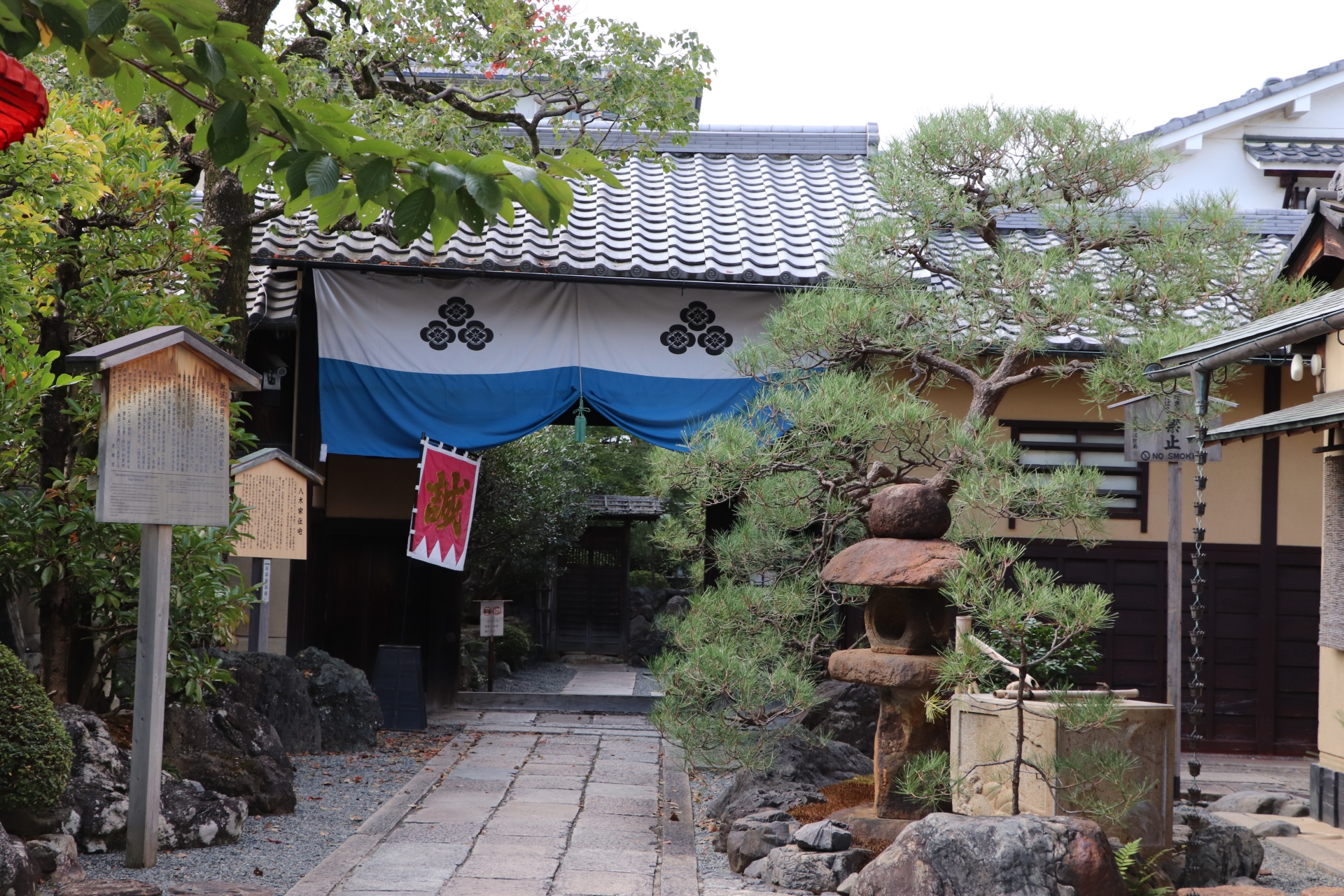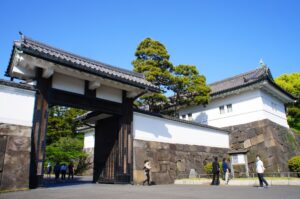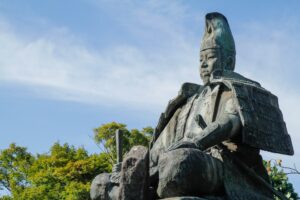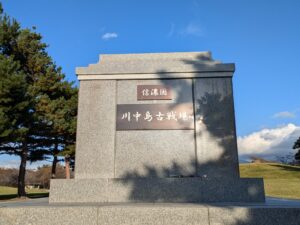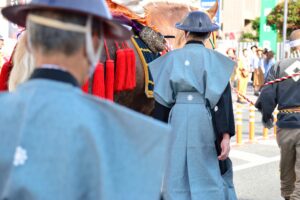The Shinsengumi, once protectors of the Tokugawa shogunate, stood at the heart of Japan’s final samurai age. This article explores their dramatic downfall during the Boshin War, focusing on their origins, leadership, final battles, and the legacy they left behind in Japanese history and culture.
What Was the Shinsengumi?
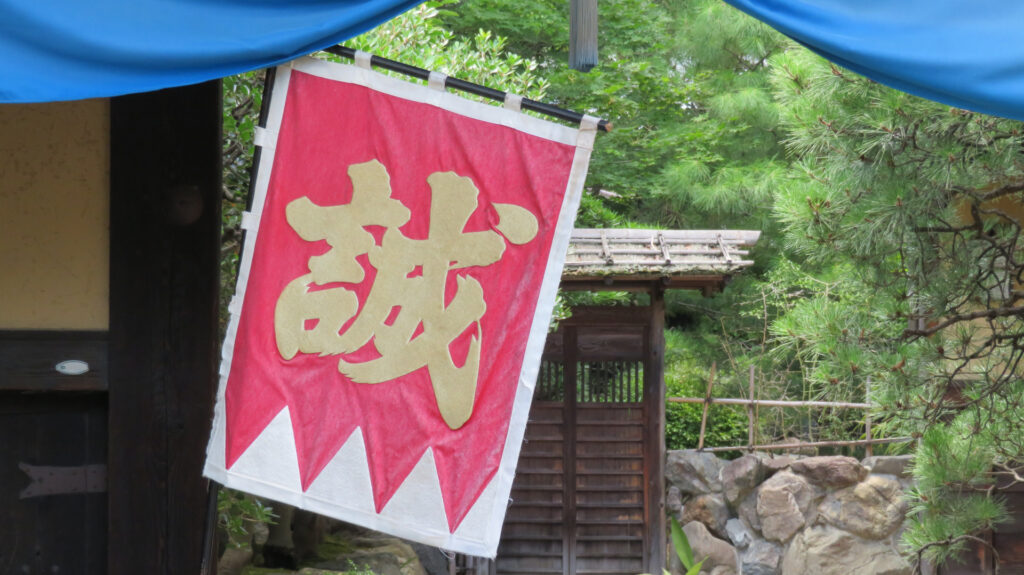
The Shinsengumi was a paramilitary police force formed in 1863 during the late Edo period. Their primary mission was to protect the Tokugawa shogunate’s interests by maintaining order in Kyoto during a time of political turmoil. Originally known as the Roshigumi, they were reorganized into the Shinsengumi under the leadership of Serizawa Kamo and later under the famous duo: Kondo Isami and Hijikata Toshizo. Operating under a strict code of conduct, the Shinsengumi demanded absolute loyalty and discipline from its members. Rule violations often resulted in forced seppuku, reinforcing their reputation as fiercely committed and morally rigid warriors. Their presence in Kyoto became synonymous with the shogunate’s last attempt to assert control over imperial loyalists and revolutionaries.

The Rise and Fall of the Shinsengumi
The Shinsengumi gained notoriety through their swift and brutal suppression of anti-shogunate elements, most notably in the Ikedaya Incident (1864), where they foiled a plot to burn Kyoto and assassinate key Tokugawa officials. However, their fortunes were directly tied to the fate of the Tokugawa regime. As the imperial court began to consolidate power, and with the start of the Boshin War in 1868, the Shinsengumi found themselves on the losing side of history. The fall of Edo and the rise of the Meiji government rendered the group obsolete, and their decline accelerated amid internal fractures and external military defeats.
The Final Battles: Toba–Fushimi to Hakodate
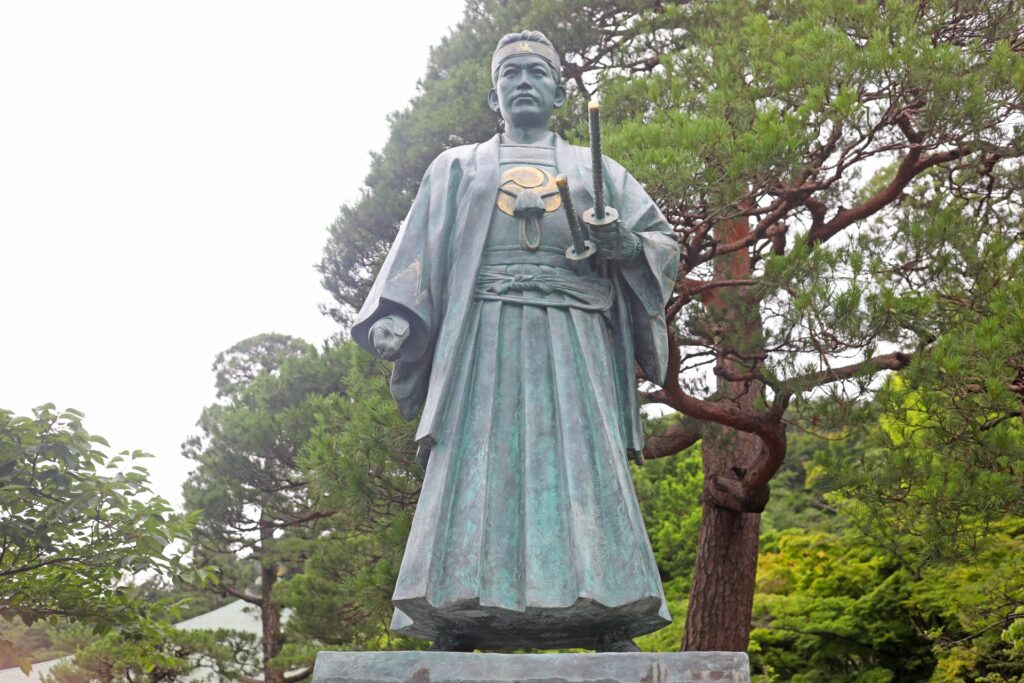
The endgame for the Shinsengumi played out over a series of major battles from 1868 to 1869:
- January 1868: Battle of Toba-Fushimi — The Shinsengumi, alongside Tokugawa forces, suffer a devastating defeat by the newly organized imperial army.
- March 1868: Retreat to Edo, regrouping efforts fail to restore morale.
- May 1868: Battle of Utsunomiya — Hijikata leads remnants in fierce resistance.
- October 1868: Arrival in Ezo (now Hokkaido), formation of the Ezo Republic.
- May 1869: Battle of Hakodate — Final stand at Goryokaku fortress.

The Execution of Kondo Isami
Kondo Isami, the Shinsengumi’s commander, was captured in April 1868 near Nagareyama. Despite disguising his identity, he was eventually identified and transported to Itabashi. After a brief military tribunal, Kondo was executed by beheading on May 17, 1868. His death symbolized the dissolution of the Shinsengumi and the end of the Tokugawa loyalist military structure.
The Death of Hijikata Toshizo
Hijikata Toshizo continued to lead the remaining Shinsengumi in the north, eventually becoming Vice Minister of the short-lived Ezo Republic. Known for his discipline and charisma, he became a legendary figure in the group’s final days. In May 1869, during the Battle of Hakodate, Hijikata was killed in combat. Personal letters written days before his death reflect his unyielding resolve to fight for the shogunate until the very end.
The Order of Death: When and How Key Members Died
| Name | Year of Death | Cause | Notes |
| Yamanami Keisuke | 1865 | Seppuku | Attempted desertion |
| Kondo Isami | 1868 | Execution | Captured and tried by Meiji forces |
| Okita Soji | 1868 | Tuberculosis | Ill, did not fight in final battles |
| Hijikata Toshizo | 1869 | Battle of Hakodate | Died defending the Ezo Republic |
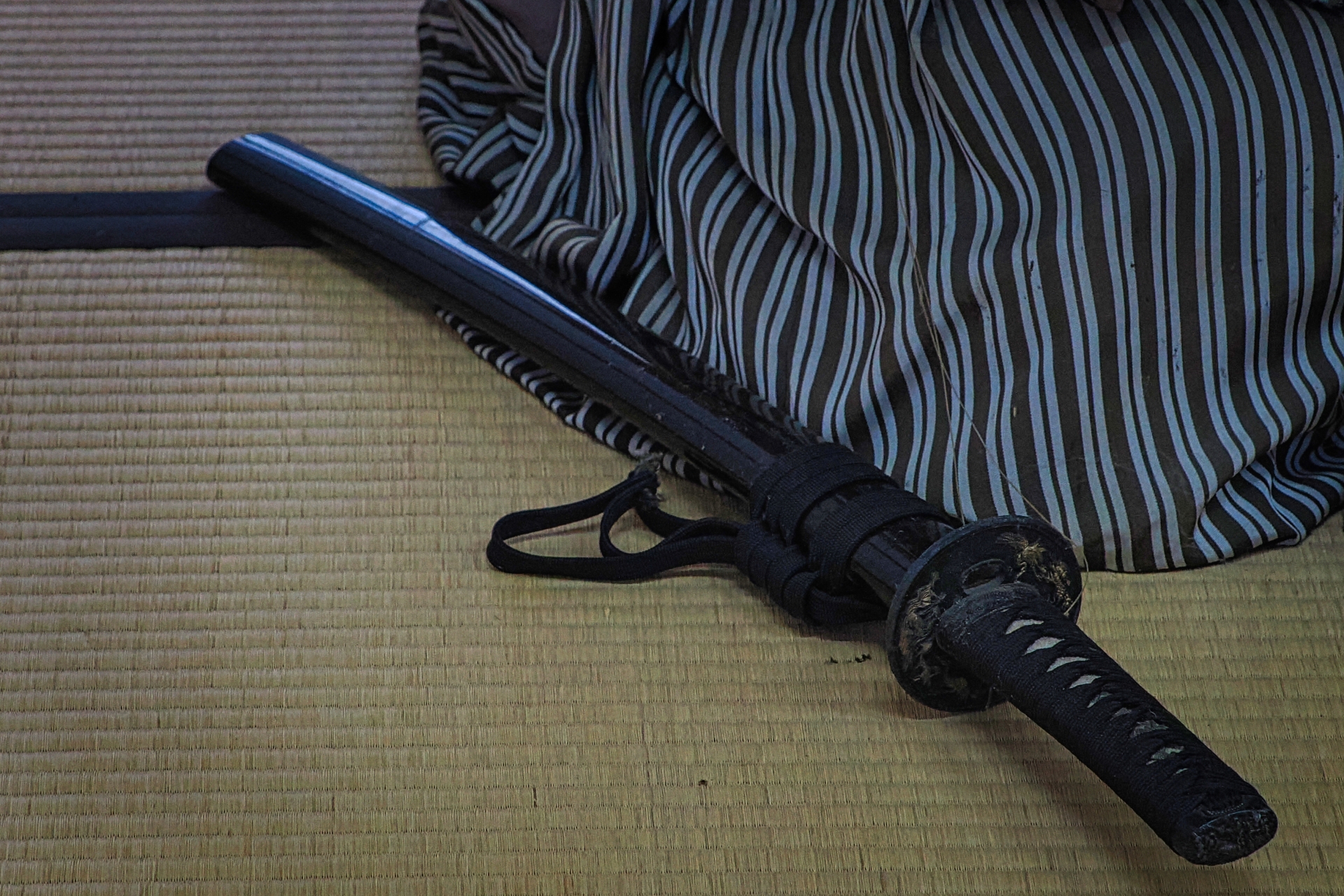
What Happened to the Surviving Members?
While the Shinsengumi is remembered for its dramatic deaths, some members survived and took varied paths after the fall. Many changed names and faded into civilian life, while others were imprisoned or exiled. For example:
- Nagakura Shinpachi survived and went on to document the group’s history.
- Saito Hajime joined the police under the Meiji regime under a new identity.
- Harada Sanosuke reportedly died in a later battle, though some claim he survived and started a family.
| Name | Fate Post-1869 | Notes |
| Nagakura Shinpachi | Retired, wrote memoirs | Helped preserve Shinsengumi history |
| Saito Hajime | Became Meiji official | Worked under alias Fujita Goro |
| Harada Sanosuke | Unclear, rumored survival | Possibly died during Ueno War |
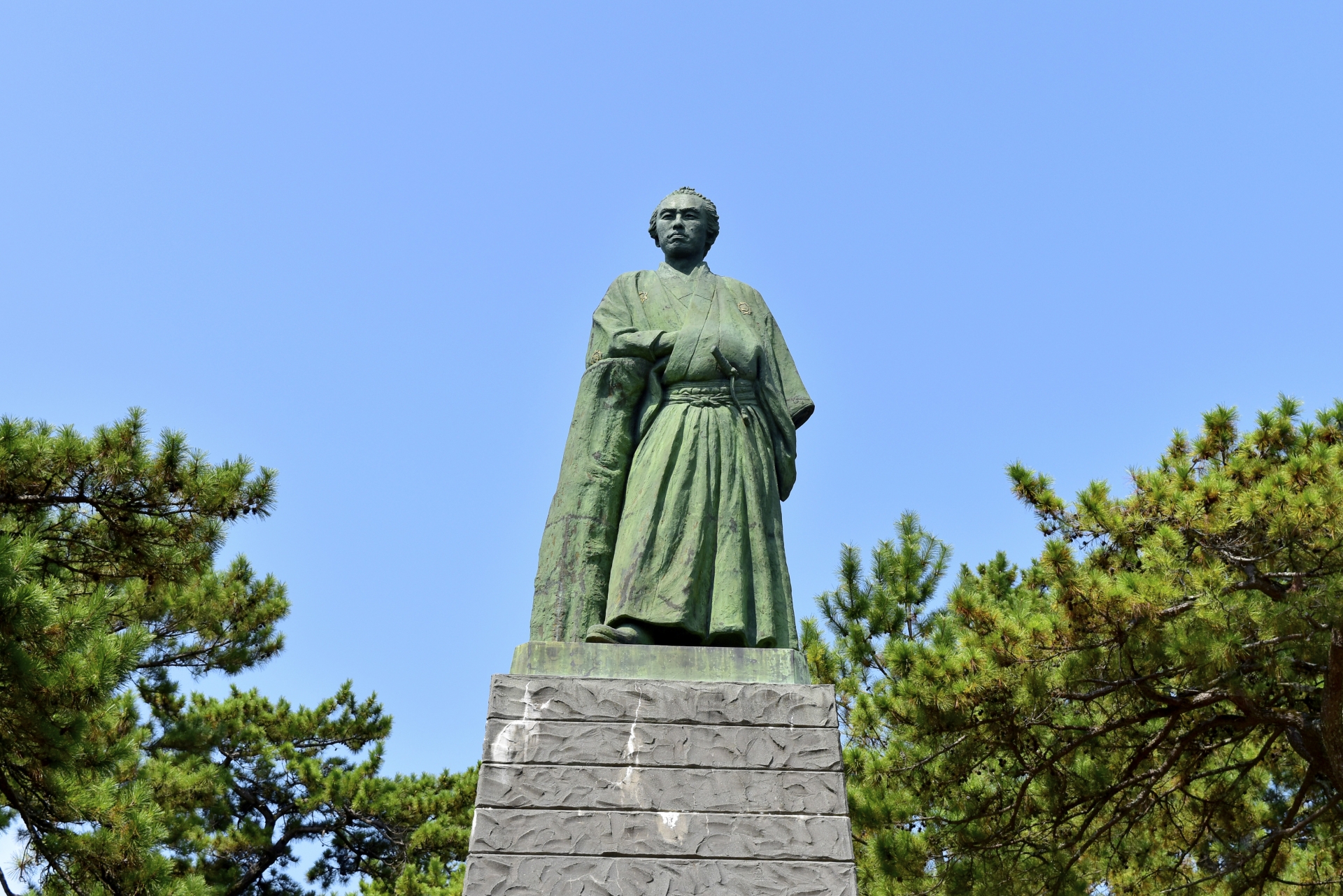
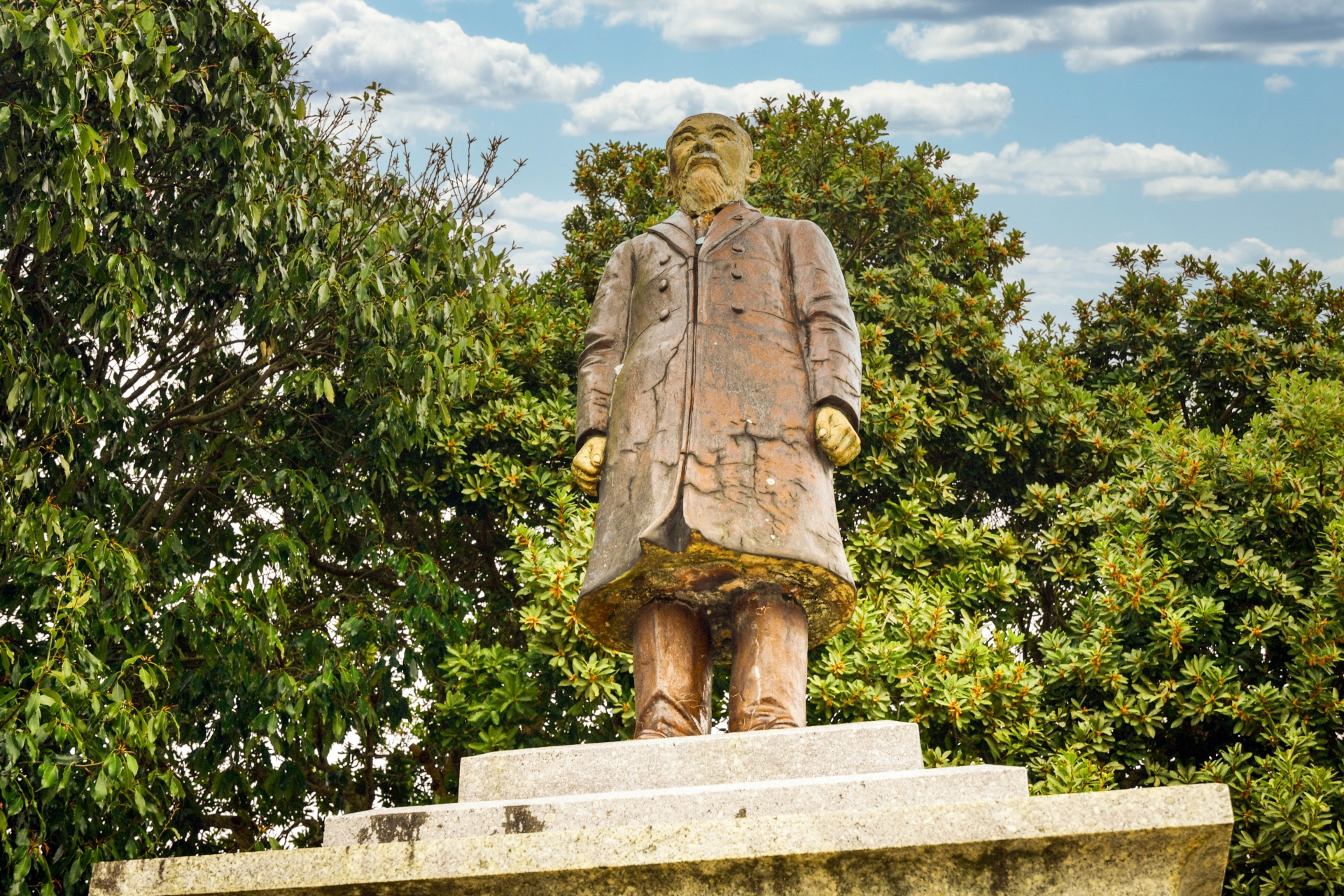
Why Did the Shinsengumi Ultimately Fail?
Several key factors led to the downfall of the Shinsengumi:
- Collapse of Tokugawa Shogunate: Their loyalty to the shogunate tied their fate to its survival.
- Superior Imperial Forces: The Meiji army utilized modern rifles, artillery, and better logistics.
- Lack of Adaptability: The Shinsengumi’s rigid code and feudal mindset did not align with Japan’s rapid modernization.
- Political Isolation: As regional lords began to side with the imperial cause, the Shinsengumi found themselves without allies or resources.
What Were the Achievements of the Shinsengumi?
Despite their eventual defeat, the Shinsengumi made a lasting impact:
- Maintaining Order in Kyoto: Their strict patrols deterred assassination attempts and helped maintain a fragile peace.
- Ikedaya Incident: Successfully disrupted a major anti-shogunate conspiracy, delaying revolutionary momentum.
- Cultural Symbol: They came to symbolize unwavering loyalty and the spirit of bushido, influencing generations beyond their time.
The Shinsengumi Legacy in Modern Japan
Today, the Shinsengumi are remembered through museums, festivals, and tourism:
- Hino, Tokyo: Birthplace of Kondo Isami, featuring a museum and annual festival.
- Kyoto: Historical walking tours of their old headquarters and battlegrounds.
- Hakodate: Goryokaku star fort hosts reenactments and a museum honoring the final battle.
Their graves and shrines continue to attract history enthusiasts and anime fans alike.
Fiction vs. Fact: How Media Portrays the Shinsengumi
In modern pop culture, the Shinsengumi have become romanticized figures. Anime like Hakuouki and Gintama portray them as tragic heroes or comedic legends, often blending historical fact with fiction. Okita Soji is frequently depicted as a handsome, melancholic swordsman, while Hijikata becomes the symbol of ultimate discipline. While these portrayals capture the emotional essence of the group, they often overlook the violence, political zeal, and internal strife that marked the real Shinsengumi.
Timeline: The Last Years of the Shinsengumi (1867–1869)
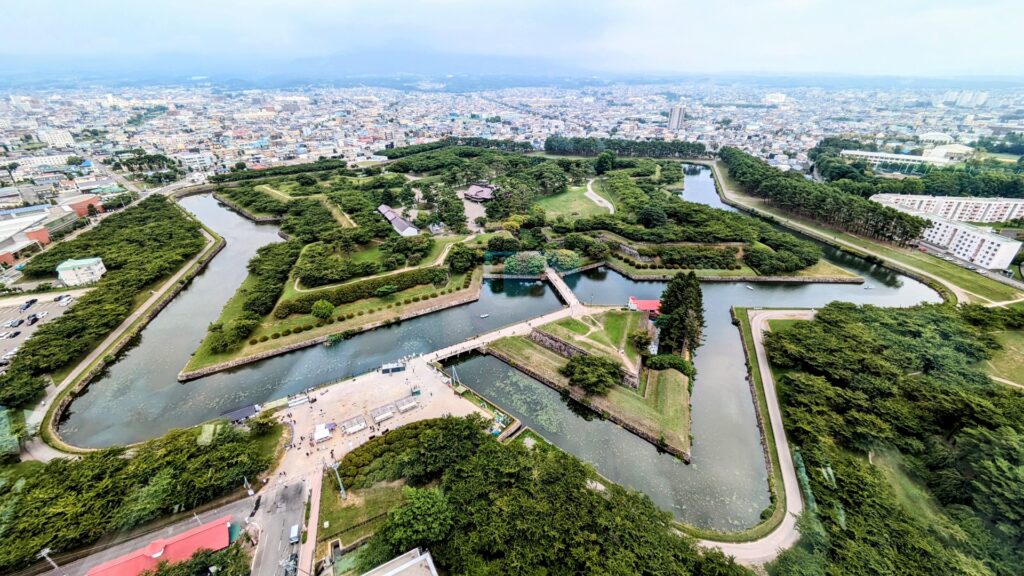
- 1867 (October): Tokugawa Yoshinobu abdicates power to the emperor.
- 1868 (January): Shinsengumi defeated at Battle of Toba-Fushimi.
- April 1868: Kondo Isami captured and executed.
- May 1868: Hijikata leads forces north.
- October 1868: Arrival in Hokkaido, join Ezo Republic.
- May 1869: Final defeat at Battle of Hakodate; Hijikata dies.
Conclusion: The Enduring Story of the Shinsengumi
The Shinsengumi’s fall marks more than the end of a military group; it represents Japan’s transition from feudal rule to modern nationhood. Their loyalty in the face of certain defeat has inspired countless stories, interpretations, and tributes. While they ultimately lost their war, their legacy as disciplined, if tragic, warriors endures in Japanese history and global pop culture. Their tale remains a potent symbol of resistance, honor, and the fading twilight of the samurai era.

